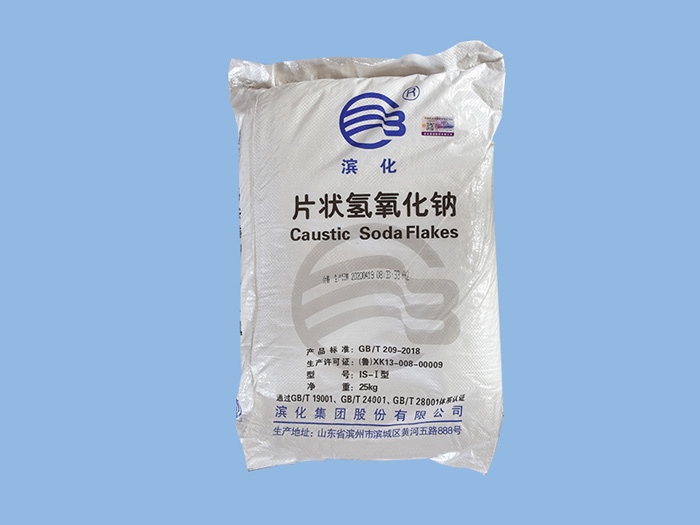Application and harm of flake sodium hydroxide
Flake sodium hydroxide is widely used in papermaking, synthetic detergents and soaps, viscose fibers, rayon and cotton fabric industries, pesticides, dyes, rubber and chemical industries, petroleum drilling, petroleum refining and tar refining industries, and national defense Industry, machinery industry, wood processing, metallurgical industry, pharmaceutical industry and urban construction. It is also used in the manufacture of chemicals, paper, soaps and detergents, rayon and cellophane, bauxite alumina, textile mercerizing, water treatment, etc.
Sodium hydroxide is widely used in chemical experiments. In addition to being used as a reagent, it can also be used as an alkaline desiccant because it has strong water absorption and deliquescent properties. Sodium hydroxide is widely used in the national economy, and many industrial sectors need sodium hydroxide. The sectors that use more sodium hydroxide are chemical manufacturing, followed by papermaking, aluminum smelting, tungsten smelting, rayon, artificial cotton and soap manufacturing. In addition, in the production of dyes, plastics, chemicals and organic intermediates, the regeneration of old rubber, the electrolysis of metal sodium and water, and the production of inorganic salts, borax, chromate, manganate, and phosphate are also used A large amount of flake sodium hydroxide, industrial sodium hydroxide should meet the national standard GB209-2006; industrial ion exchange membrane method sodium hydroxide should meet the national standard GB/T11199-89; chemical fiber sodium hydroxide should meet the national standard GB11212-89; Sodium hydroxide for food should meet the requirements of the national standard GB5175-85. Carbon dioxide is absorbed in the photosynthesis experiment.
In industry, sodium hydroxide is usually called caustic soda, or caustic soda. This is because the concentrated sodium hydroxide solution splashed on the skin will corrode the epidermis and cause burns. It can dissolve protein and is strongly irritating and corrosive (compared with acid burns, alkali burns are more difficult to get better due to the dissolving effect of protein). 0.02% solution can cause corneal epithelial damage. LD50: 40mg/kg for mice, 500mg/kg for rabbits. Dust irritates the eyes and respiratory tract and corrodes the nasal septum; splashes on the skin, mainly mucous membranes, will produce soft scabs, and can penetrate deep tissues, leaving scars after burns; splashing into the eyes will not only damage the cornea, but also injure Deep tissues of the eyes, severe cases can lead to blindness; misuse can cause gastrointestinal burns, colic, mucosal erosion, vomiting, blood in the stomach contents, gastric hemorrhagic diarrhea, and sometimes hoarseness, difficulty swallowing, shock, Perforation of the gastrointestinal tract and later gastrointestinal stenosis. Since the strong alkalinity of flaky sodium hydroxide will pollute the water body, attention should be paid to plants and aquatic organisms.


